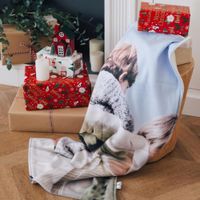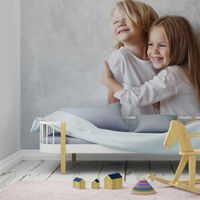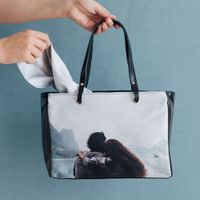Range of Patchwork Fabrics
Browse our range of patchwork fabrics
-
![Duchess Satin]()
Duchess Satin
-
Max Print:
1.44m
-
Weight:
200gsm
-
Roll Width:
1.46m
Medium weight, silky and non-stretch with a shiny finish, smooth and opaque, perfect for quilting
Composition:100% polyester
-
![Cotton-Linen]()
Cotton-Linen
-
Max Print:
1.38m
-
Weight:
228gsm
-
Roll Width:
1.4m
Medium weight, soft and non-stretch, matte and opaque, great for quilting. Muted colours on a warm cream coloured base.
Composition:95% cotton 5% linen
-
![Cotton Twill Pigment]()
Cotton Twill Pigment
-
Max Print:
1.45m
-
Weight:
213gsm
-
Roll Width:
1.47m
Medium weight, soft and non-stretch with a matte finish, opaque and ideal for quilting
-
![Cotton Calico Organic]()
Cotton Calico Organic
-
Max Print:
1.46m
-
Weight:
152gsm
-
Roll Width:
1.48m
Medium weight, soft and non-stretch, coarse with a matte finish, semi transparent and great for quilting
Composition:100% cotton Pigment Inks
Care instructions
Wash at 30°C, low tumble dry heat, hang to dry, do not wring, low heat iron.
What is Patchwork Fabric?
Patchwork material is a pieced work, which is done by sewing different pieces of fabric together into a bigger design. The larger design can be a very simple pattern, using squares of an equal size and shape, in a repetitive pattern, however, this is not always the case. Some patchwork pieces are made up of different sized and shaped pieces of fabric; geometric shapes are easier to piece together, but you have full creative freedoms to create whatever sized or shaped pieces you like. Historically patchwork pieces used up all the scraps of other fabrics, and can be dated back as far as 5000 years ago, being found in Egyptian tombs and early age China. During the Great Depression, patchwork had a widespread revival, to recycle worn clothing into warm quilts. Patchwork quilts tend to use the patchwork piece as the top layer, with a layer of wadding and a bottom backing layer. Patchwork pieces can be used to create cushions, bags, wall hangings, patchwork upholstery fabric and even jackets.
It is often used to make quilts, but can also be used to make clothing and other household items. The patchwork material used to make a quilt can vary greatly, with some quilts using only one type of fabric, while others use a variety of fabrics in different colours and patterns. This gives a unique and intricate look to the finished product. Patchwork material can also be used to add a touch of personality and creativity to a room by using it to make throw pillows or curtains.
Patchwork fabric for upholstery is a unique and creative way to add personality to your furniture. The use of different photos and patterns in the patchwork fabric can add a touch of interest and visual appeal to any piece of furniture, whether it be a chair, sofa, or even a headboard. This type of upholstery is perfect for those who want to make a statement with their decor and create a one-of-a-kind piece.










































